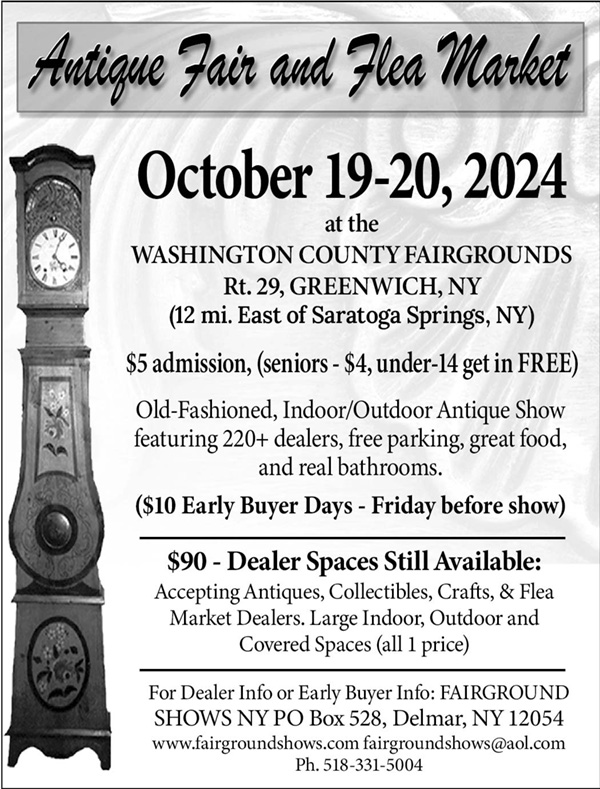Regular readers may notice the by-line of David Hamilton, mostly on articles relating to trains, appearing from time-to-time in the Collector. He, like his old man (me), is a collector. His primary collecting interest has been in railroad-related antiques, though it does extend to other transportation collectibles. He has been surprised at the strength of the prices of some railroad antique items in recent sales, the popularity of certain categories within the railroad area, as well as the number of younger collectors beginning their collections.
At the same time he likes to kid me about my collections of pewter, early lighting and “brown” furniture that has seen a lull in interest in recent years. However, we often come to the same conclusion. We tend to buy something because we have an interest in it, not because we think it will appreciate in value. Obviously sometimes things increase in price beyond an inflation adjustment over time and sometimes they fall.
What influences collections over the years is something we may or may not identify. The popularity of the “old stuff” I collect may have been influenced by the Centennial Exposition of 1876 or the establishment of Colonial Williamsburg in the 1920s. David’s DNA from both sides of the family might be to blame for his collecting interest, with railroad and trolley workers in the families in years gone by. Or it could be we somehow managed to live near working railroad tracks for many of his early years at home!
Folks who collect have various goals. It might the be finding the holy grail of a category – that upside down airplane on an airmail stamp. Or a “complete” collection of Currier & Ives prints of a certain area. Perhaps an example of every American flag issued. One thing that seems certain, it’s easy find an expansion of a collection category such as pewter to early lighting or railroad lanterns to railroad timetables, and so on.
So, while someone may show little admiration for an early marked pewter plate, or a chunk of iron that coupled two train cars in the 1860s, in collecting it’s whatever “floats your boat” – and that is yet another category.


